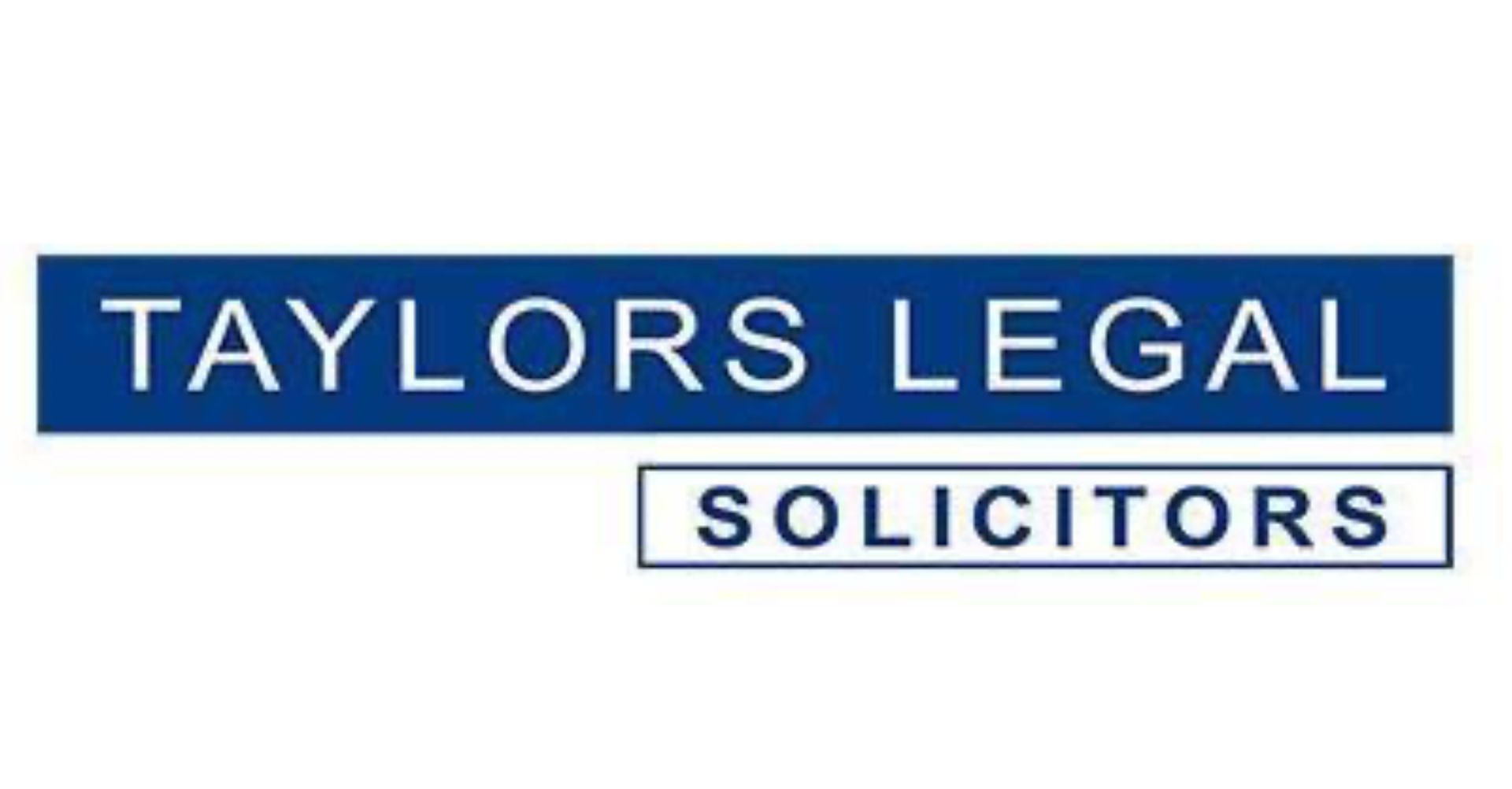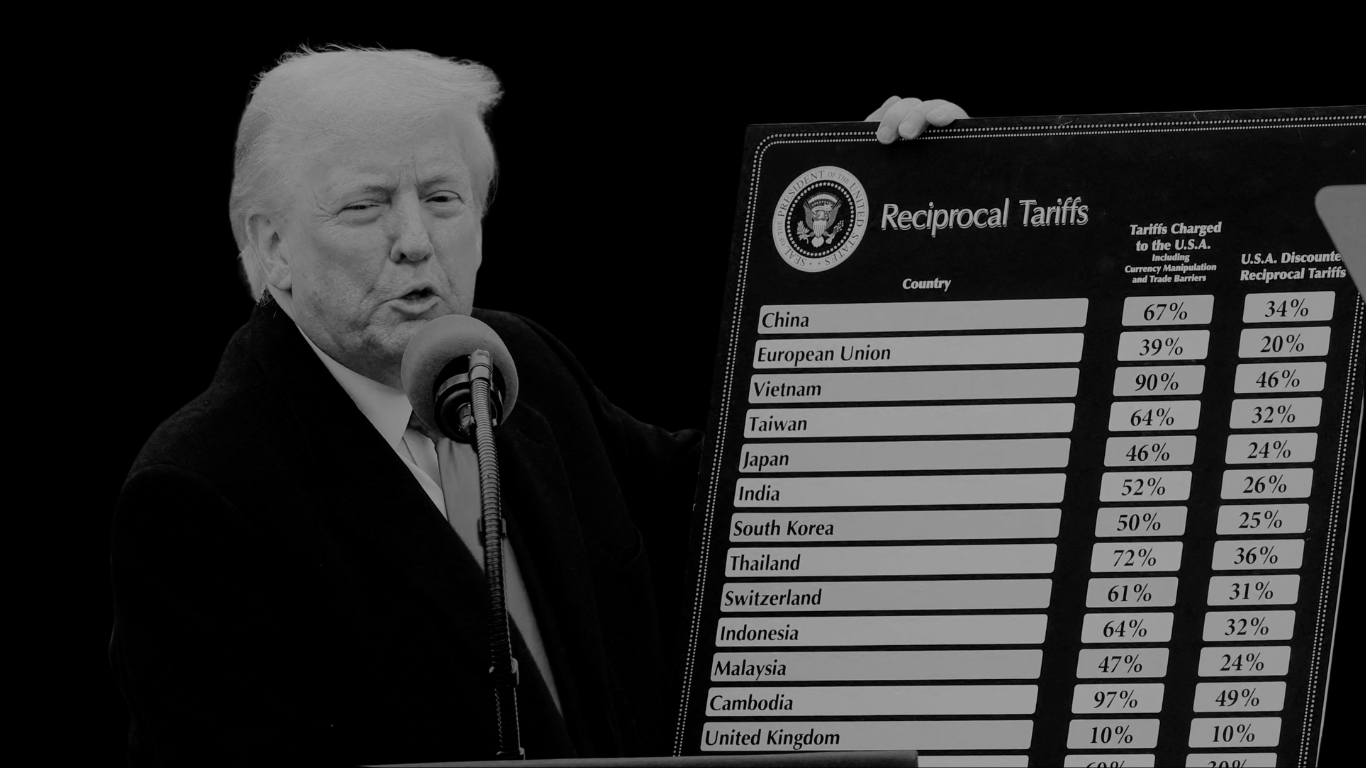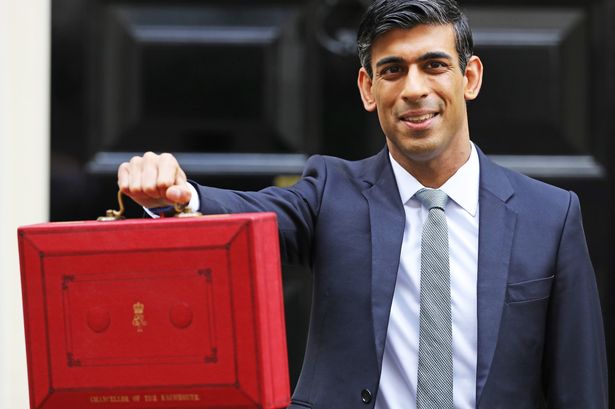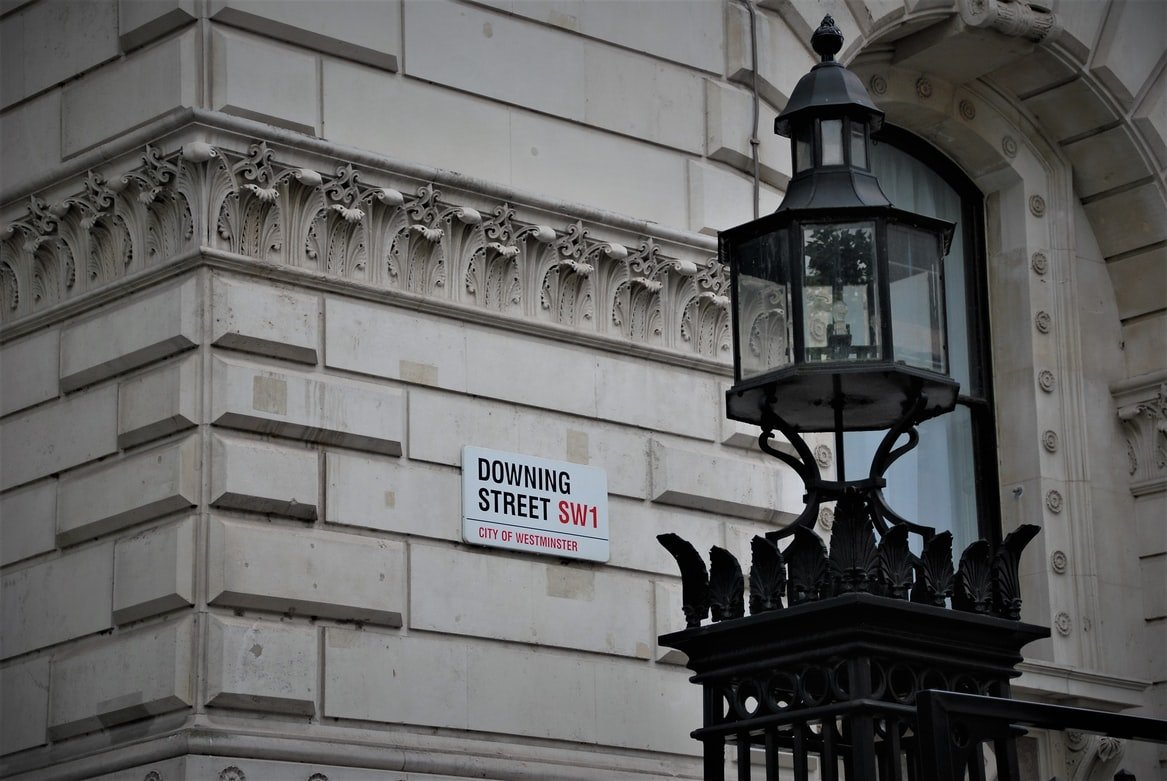The first Autumn Budget delivered by a Labour government in over a decade introduces a range of policies impacting UK businesses. With a focus on stabilising the economy, the Autumn Budget highlights immediate changes and potential long-term shifts for SMEs.
Here’s what you need to know following the 2024 Autumn Budget:
National Insurance and Employment Costs
- From April 2025, National Insurance contributions for employers will rise from 13.8% to 15%, with the earnings threshold for contributions lowered to £5,000.
This hike will immediately impact wage costs, especially for SMEs managing extensive payrolls, as seen in recruitment and professional services. However, an increase in the Employment Allowance to £10,500 may mitigate some of the burden, helping smaller businesses manage rising costs.
National Living Wage and Minimum Wage Adjustments
- The National Living Wage will rise to £12.21 per hour from April 2025, with corresponding boosts to youth and apprentice wages raising to £10 over the next few years.
Industries with large workforces in lower-paid roles, such as construction and hospitality within sports media and entertainment, will see a direct effect on payroll expenses. Higher wages could improve employee retention, but firms must prepare for higher operating costs.
Pensions
The government announced in the Autumn Budget that it will bring inherited pensions into inheritance tax from April 2027. Experts have warned that this will have a large impact on estate planning, especially those with larger estates and pension pots. Basic state pension will increase in April 2025.
Tax Policy Adjustments Impacting Investments and Growth in the Autumn Budget
- Capital Gains Tax (CGT): The lower CGT rate will rise to 18%, while the higher rate will reach 24%. Residential property gains remain at these new rates, with carried interest rising to 32% by April 2025. Business Asset Disposal relief (formally known as Entrepreneurs Relief) will remain with a cap of £1,000,000 however the flat rate will be increased from 10% to 18%.
- Abolition of the Non-Dom Tax Regime: Set to be abolished in 2025, the new residence-based tax system will have implications for high-net-worth individuals, which could affect capital inflows into sectors like property, technology, and professional services.
- Inheritance Tax Freeze: The threshold freeze until 2030, alongside reform to Agricultural and Business Property Relief, will impact legacy planning for business owners across sectors, with new provisions affecting both personal and business asset transfers. Additionally, the government will bring inherited pensions into inheritance tax from April 2027.
- Venture Capital Schemes: Schemes such as SEIS, EIS and VCT’s had a sunset clause to happen in 2025. This has now been extended to 2035 with no changes to the rules.
Increased Investment in R&D and High-Growth Sectors
Over £20 billion is dedicated to research and development, with funds for core sectors like biotechnology, engineering, and medical science.
Technology and professional service firms focusing on innovation and R&D will find strong incentives to expand or invest in new technologies. SMEs within these fields may benefit from support for high-value projects, creating new opportunities to enhance market offerings.
Construction and Property Sector Support in the Autumn Budget
£5 billion has been allocated in the Autumn Budget to house-building initiatives, with an emphasis on affordable housing and cladding removal projects.
This funding provides a boost to the construction industry, especially for SMEs engaged in housing projects. Additionally, there is a 2% increase in Stamp Duty Land Charge on second homes, which may impact the residential property market.
Business Rates and Reliefs Adjusted for 2025
With a reduction in business rates relief from 75% to 40% in 2025, SMEs in sectors with substantial property holdings, like retail and professional services, could see rates nearly double.
This measure will increase overhead costs but aims to mitigate the potential “quadruple” effect for affected businesses. SMEs may need to adjust cost projections to account for this shift.
A freeze on the small business multiplier and 40% relief on retail, hospitality and leisure (RHL) properties will give some much needed support to the ailing high streets and small businesses in 2025-26. This could indirectly benefit construction SMEs that serve these industries by reducing operating costs and stimulating demand for new or refurbished spaces.
Environmental Policy and Electric Vehicle Incentives
Existing incentives for electric vehicles in company car tax are extended, and higher tax rates will apply to non-EV vehicles starting in 2025.
SMEs investing in eco-friendly infrastructure can benefit from maintaining or switching to electric vehicles, particularly in industries reliant on transport, like property and recruitment.
Social and Welfare Contributions Affecting Employment
With adjustments to carers’ allowances and other social contributions, companies may experience indirect effects if employees qualify for these benefits, influencing productivity and flexibility. Professional service firms may need to consider flexible benefits packages to retain employees and offset the broader economic pressure on households.
Autumn Budget 2024: “The Biggest Tax Rise In Modern History” – Beth Rigby
Ultimately, the 2024 Budget is a complex mix of relief and new cost pressures for SMEs, emphasising the government’s commitment to workforce welfare, high-growth industries, and economic stability. For Nordens clients, preparing for these changes—particularly the rise in employment costs and sector-specific taxes—will be crucial. Our team can provide tailored guidance on strategies to maximise available allowances, adapt to wage adjustments, and make the most of the emerging R&D funding.
Nordens remains ready to support SMEs in navigating these new fiscal policies, ensuring that businesses can continue to thrive in this evolving economic landscape.
As more information about the Budget announcements get released we will be sharing all of the details you need to know about how these changes impact your business. Stay tuned!
If you need more advice and information on how it affects your business specifically, book a free consultation today!









































































































































































































































































































































































































































































































